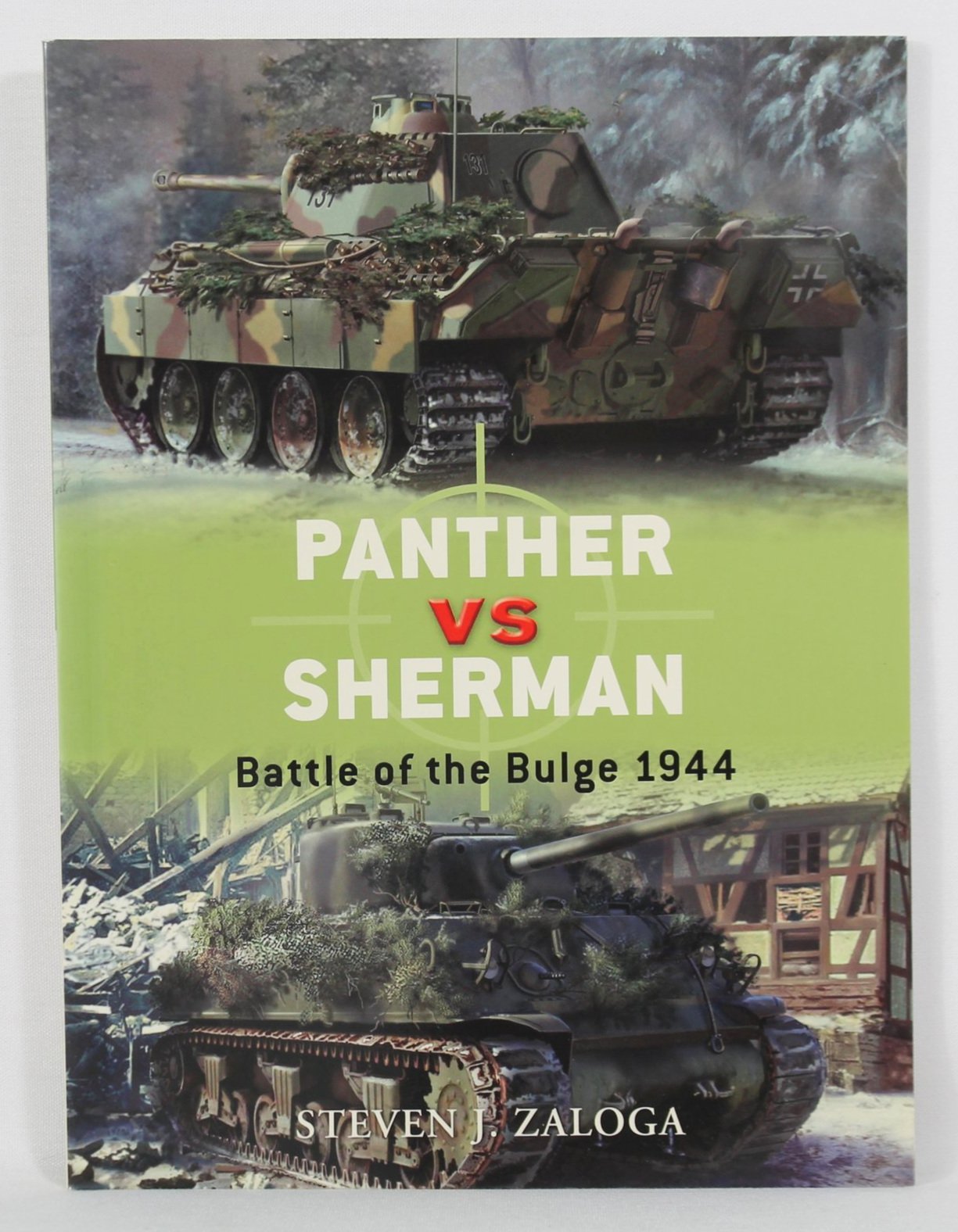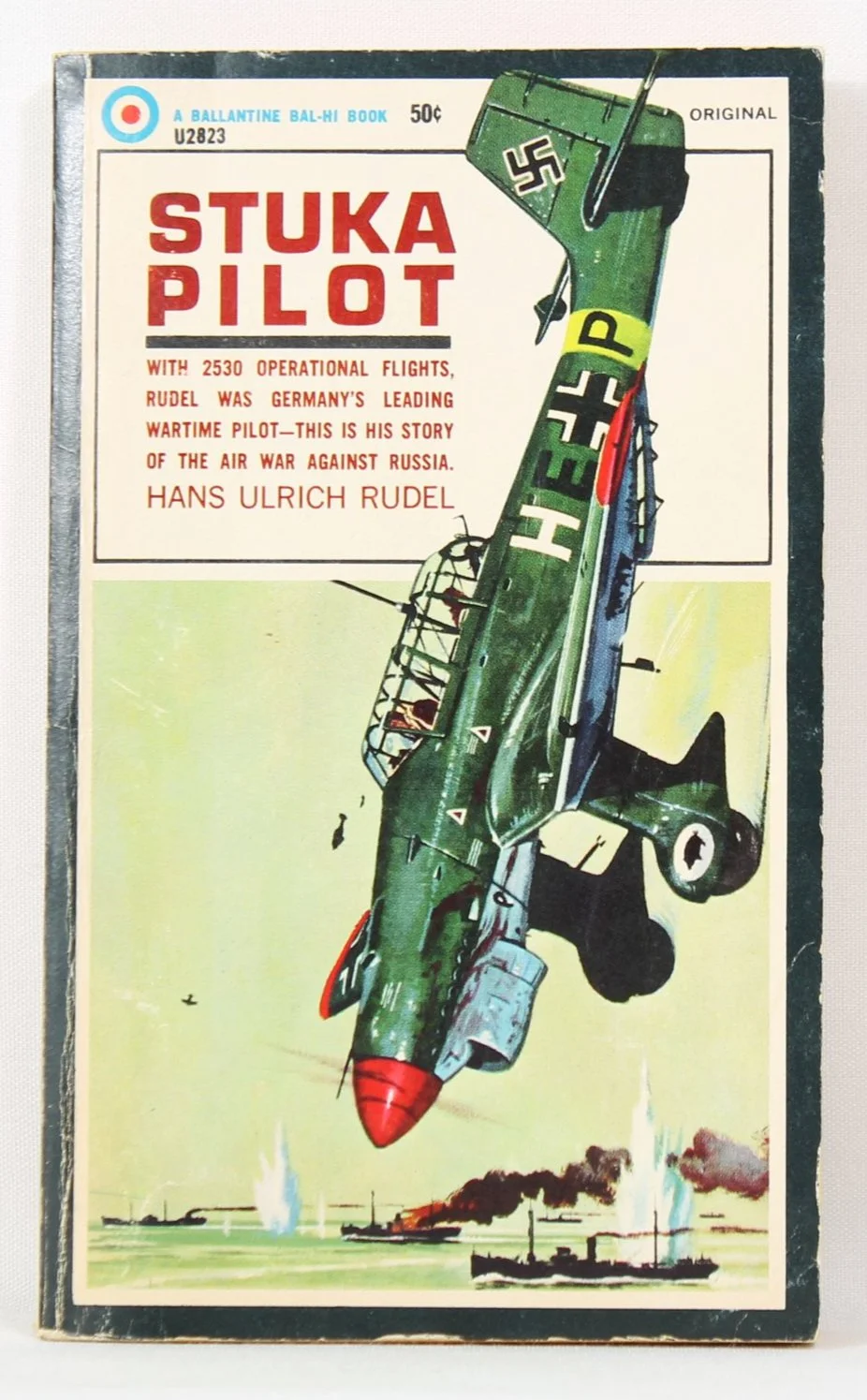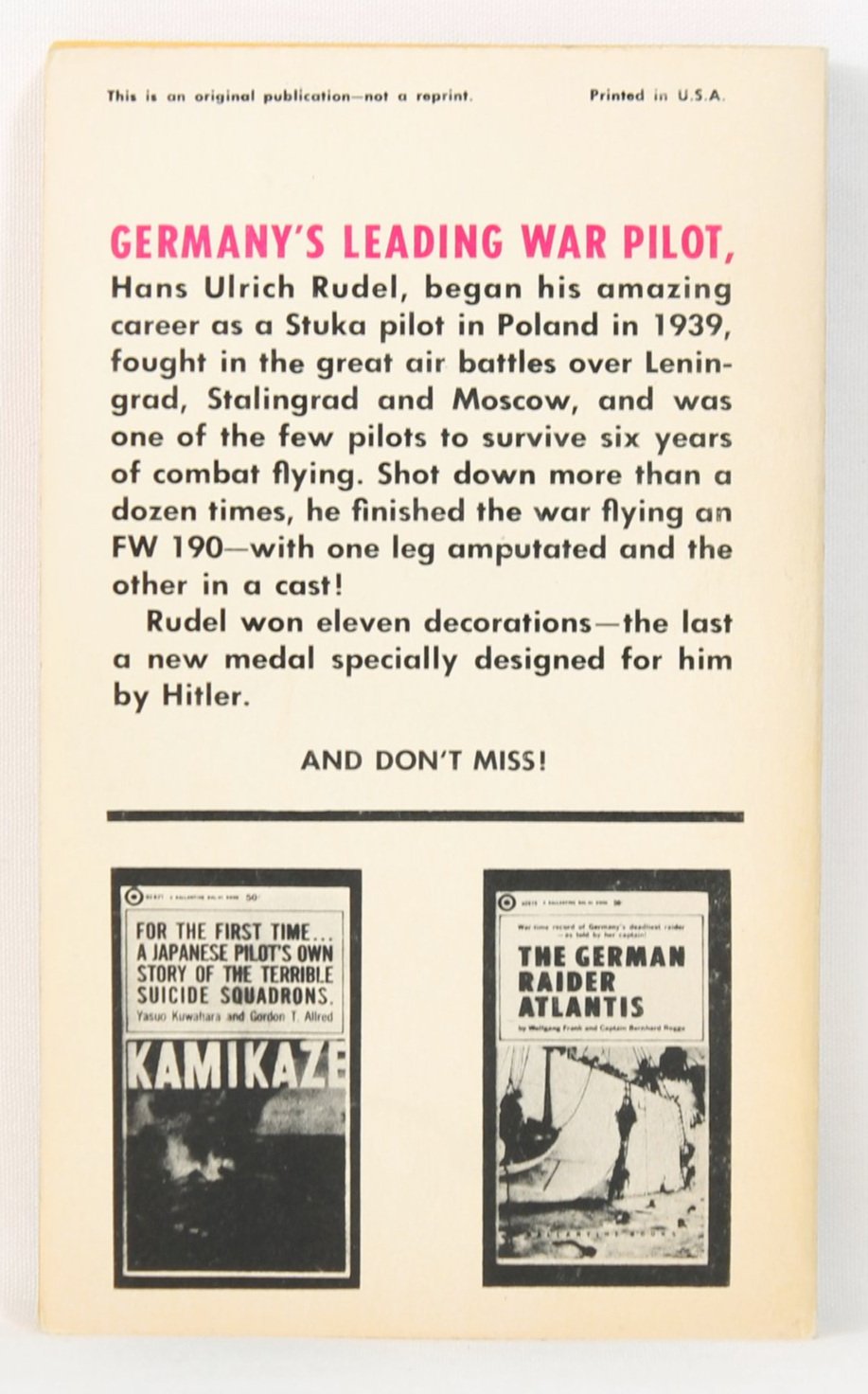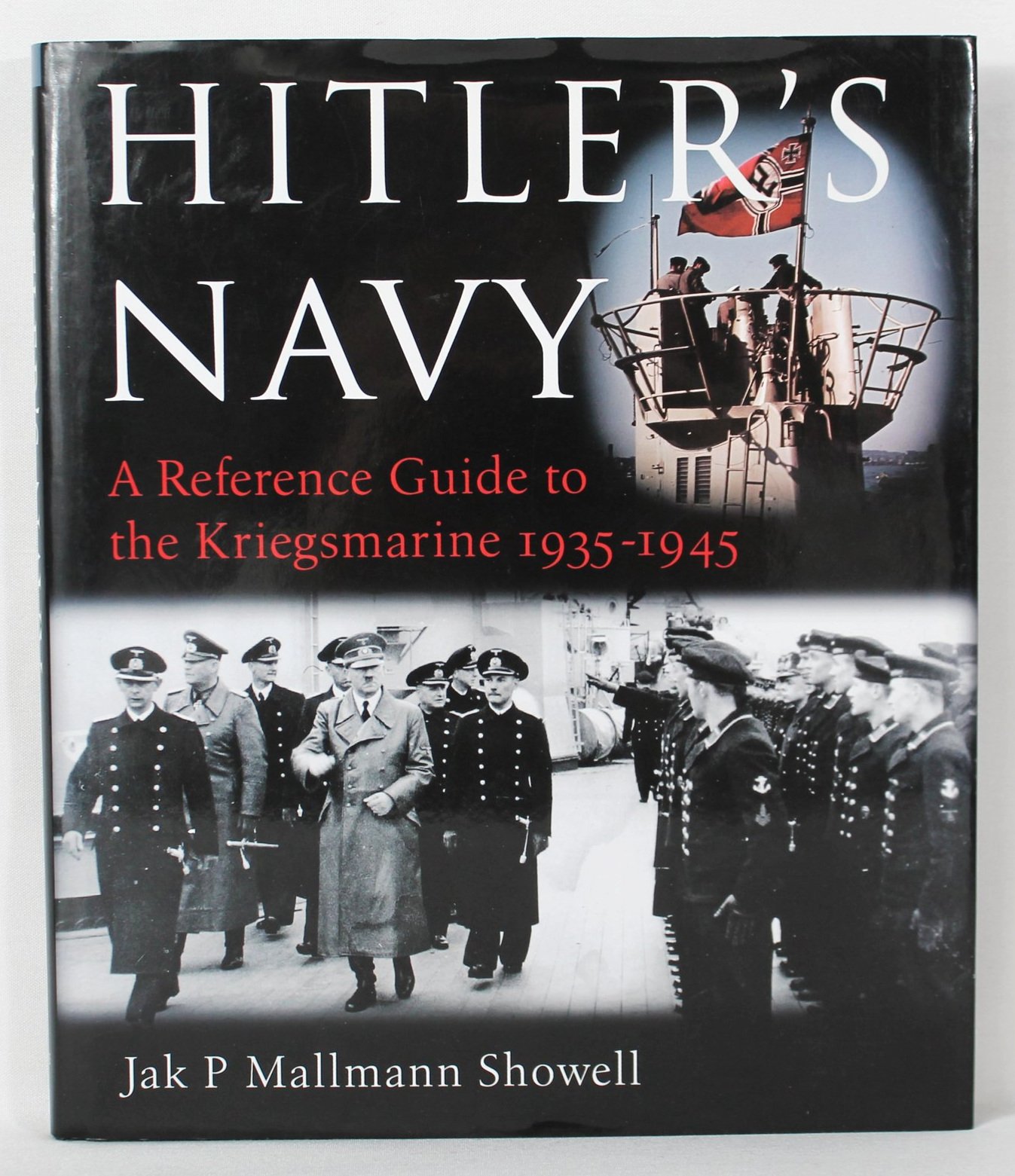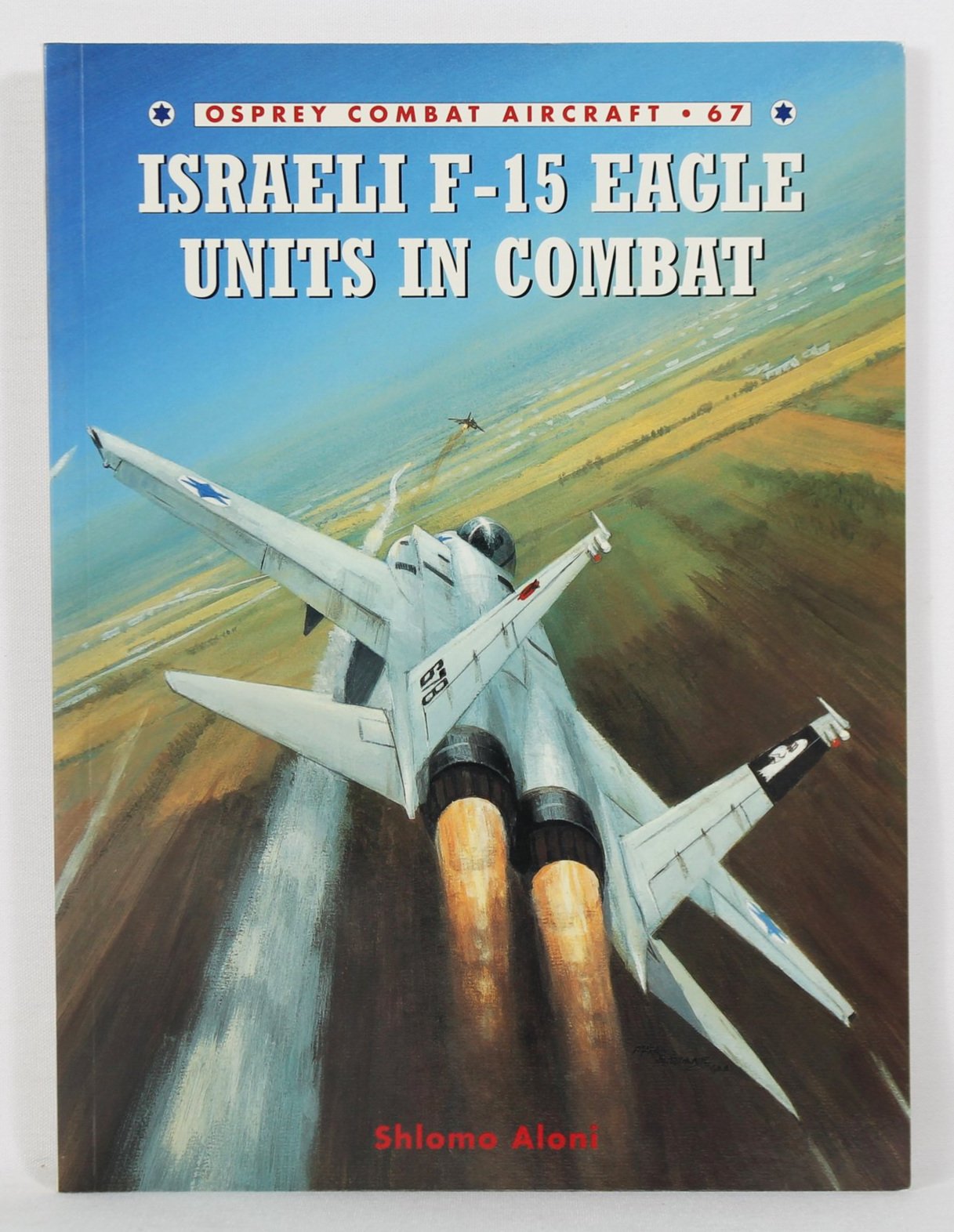 Image 1 of 3
Image 1 of 3

 Image 2 of 3
Image 2 of 3

 Image 3 of 3
Image 3 of 3




Combat Aircraft 67 - Israeli F-15 Eagle Units in Combat by Shlomo Aloni
Diplomacy, politics and national trauma has dominated the frontline career of the Israeli F-15 to date. In the wake of the losses suffered in the October 1973 Yom Kippur War, the Israeli government opted for technology in an effort to reassure a traumatised population that they would never suffer a surprise attack from the air again. Despite Israel Defense Force Air Force (IDF/AF) interceptors having performed extremely successfully during the Yom Kippur War, they did not achieve the kind of results that allowed Israel to achieve future deterrence. The nation was not only looking for weapons that would win a war, but that would also prevent it in the first place.
Post-Yom Kippur diplomacy enabled Israel to purchase the F-15 Eagle, which was then the world's best air-to-air fighter. For the first time in its history the IDF/AF could operate a fighter that was a full generation ahead of all opposing interceptors in the region. The first 'Kill' F-15 Baz (Buzzard) arrived in Israel in December 1976, and three years later it got the chance to prove its worth in combat. Israeli Baz pilots were credited with 12.5 kills between 1979 and 1981, with 33 victories following during the June 1982 Lebanon War. A further 4.5 kills followed in post-Lebanon War skirmishes. Despite all of this combat, no Israeli F-15 has ever been lost to enemy action.
Once the jet secured air superiority and deterrence had been achieved along the Israeli borders, the IDF/AF went on to explore the Baz's long-range attributes and as air-to-ground capability. As an example of the former, Israeli F-15s escorted F-16 strike aircraft all the way to Iraq's nuclear reactor in June 1981, and in its bomber role, the type flew the IDF/AF's longest ever attack mission in October 1985 when it bombed the PLO headquarters in Tunis. Diplomacy prevailed again in the 1990s when the US government agreed to supply the IDF/AF with the F-15I Ra'am (Thunder) to fulfill the long-range surface-to-surface missile (SSM) mission post-Desert Storm. These aircraft also acted as a counter-balance to the sale of the F-15S to Saudi Arabia. A follow-on to the F-15I purchase was the development of the Improved Baz Avionics Upgrade Program, which saw the integration of many of the F-15I features into the older F-15A/B/C/D. From A to I, the extremely capable, and combat-tested, Israeli F-15 force will continue to deter potential enemies well into the foreseeable future.
Condition: New
Pages: 96 Paperback
Dimensions: 7-1/4x9-3/4
Author: Shlomo Aloni
Publisher: Osprey
Diplomacy, politics and national trauma has dominated the frontline career of the Israeli F-15 to date. In the wake of the losses suffered in the October 1973 Yom Kippur War, the Israeli government opted for technology in an effort to reassure a traumatised population that they would never suffer a surprise attack from the air again. Despite Israel Defense Force Air Force (IDF/AF) interceptors having performed extremely successfully during the Yom Kippur War, they did not achieve the kind of results that allowed Israel to achieve future deterrence. The nation was not only looking for weapons that would win a war, but that would also prevent it in the first place.
Post-Yom Kippur diplomacy enabled Israel to purchase the F-15 Eagle, which was then the world's best air-to-air fighter. For the first time in its history the IDF/AF could operate a fighter that was a full generation ahead of all opposing interceptors in the region. The first 'Kill' F-15 Baz (Buzzard) arrived in Israel in December 1976, and three years later it got the chance to prove its worth in combat. Israeli Baz pilots were credited with 12.5 kills between 1979 and 1981, with 33 victories following during the June 1982 Lebanon War. A further 4.5 kills followed in post-Lebanon War skirmishes. Despite all of this combat, no Israeli F-15 has ever been lost to enemy action.
Once the jet secured air superiority and deterrence had been achieved along the Israeli borders, the IDF/AF went on to explore the Baz's long-range attributes and as air-to-ground capability. As an example of the former, Israeli F-15s escorted F-16 strike aircraft all the way to Iraq's nuclear reactor in June 1981, and in its bomber role, the type flew the IDF/AF's longest ever attack mission in October 1985 when it bombed the PLO headquarters in Tunis. Diplomacy prevailed again in the 1990s when the US government agreed to supply the IDF/AF with the F-15I Ra'am (Thunder) to fulfill the long-range surface-to-surface missile (SSM) mission post-Desert Storm. These aircraft also acted as a counter-balance to the sale of the F-15S to Saudi Arabia. A follow-on to the F-15I purchase was the development of the Improved Baz Avionics Upgrade Program, which saw the integration of many of the F-15I features into the older F-15A/B/C/D. From A to I, the extremely capable, and combat-tested, Israeli F-15 force will continue to deter potential enemies well into the foreseeable future.
Condition: New
Pages: 96 Paperback
Dimensions: 7-1/4x9-3/4
Author: Shlomo Aloni
Publisher: Osprey

